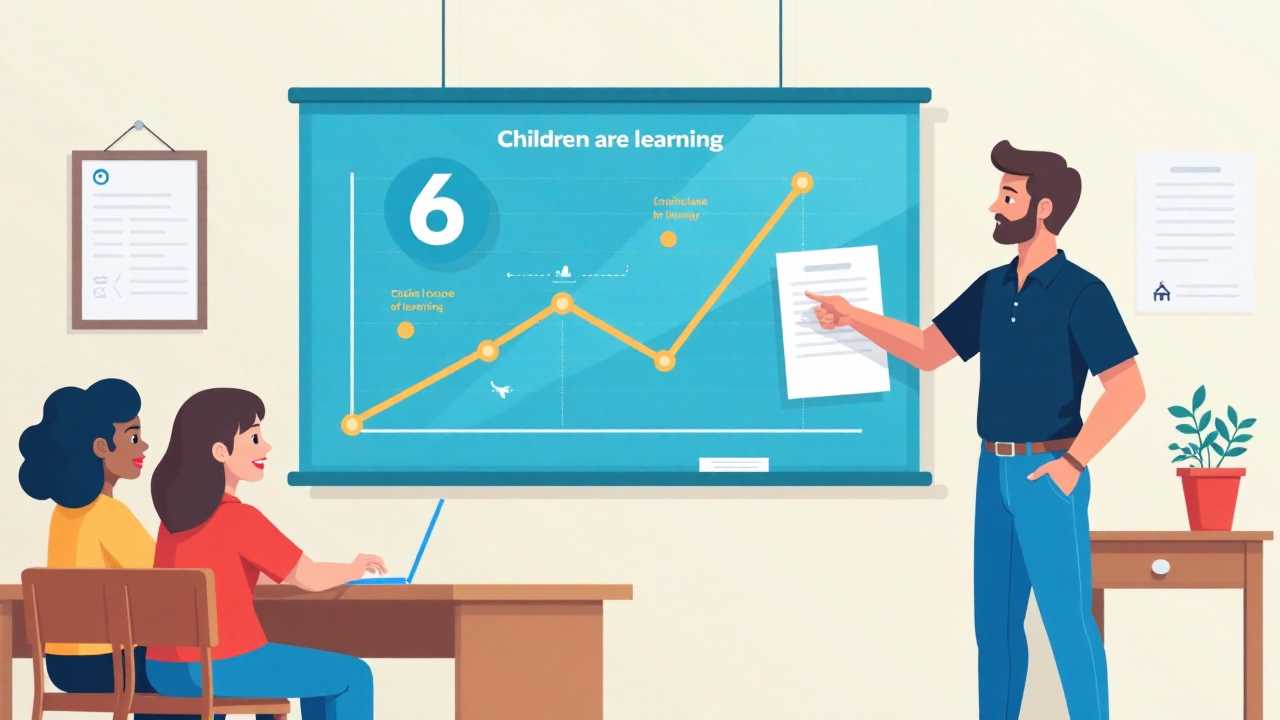
Understanding Universal Design for Learning (UDL)
Universal Design for Learning (UDL) is a transformative educational framework that aims to optimize teaching and learning for all individuals by providing multiple means of engagement, representation, and action and expression. This approach recognizes that every learner is unique and has different needs and preferences. By implementing UDL principles, educators can create a more inclusive and effective learning environment that accommodates diverse learning styles.
The Importance of Differentiation in UDL
Differentiation is a fundamental component of UDL that allows educators to tailor instruction to meet the varied needs of their students. By assessing students' readiness, interests, and learning profiles, we can modify our teaching strategies and materials to ensure that every learner can access and engage with the content. This may involve providing different resources, adjusting the complexity of tasks, or offering various ways for students to demonstrate their understanding.
For instance, in a literature class, we might allow students to choose between reading a novel, watching a film adaptation, or listening to an audiobook. This flexibility not only caters to different preferences but also fosters a sense of ownership over their learning, encouraging students to take an active role in their educational journey.
Fostering Engagement through UDL
Engagement is another critical aspect of UDL. By incorporating elements that stimulate interest and motivation, we can create a dynamic learning environment where students are eager to participate. This can be achieved through various strategies, such as incorporating technology, utilizing gamification, or connecting lessons to real-world applications.
For example, using interactive tools like online quizzes or collaborative platforms can enhance student participation. When learners see the relevance of their studies and feel that their contributions matter, they are more likely to remain engaged and invested in their education.
Flexibility: Adapting to Learner Needs
Flexibility is inherent in the UDL framework. It allows educators to adapt their teaching methods and materials to accommodate the diverse needs of their students. This adaptability can manifest in various forms, including the choice of instructional materials, the pacing of lessons, and the assessment methods used.
For instance, we can provide options for students to work independently, in pairs, or in groups, depending on their comfort levels and learning preferences. This flexibility not only supports individual learning needs but also promotes collaboration among peers, fostering a sense of community within the classroom.
Assessment Strategies in UDL
Assessment is a vital part of the learning process, and UDL encourages a variety of assessment methods to provide a comprehensive view of student understanding. Traditional assessments, such as tests and quizzes, may not accurately reflect a learner's knowledge or skills. Therefore, we should consider alternative assessment methods, such as portfolios, presentations, or project-based assessments.
By offering diverse assessment options, we allow students to demonstrate their learning in ways that align with their strengths. This approach not only provides valuable insights into student progress but also encourages learners to take pride in their achievements.
Collaboration: Building a Supportive Learning Environment
Collaboration is essential for fostering a supportive learning environment. By encouraging students to work together, we can promote the sharing of ideas and perspectives, enhancing their understanding of the material. Collaborative learning experiences can take many forms, such as group projects, peer reviews, or class discussions.
Incorporating collaborative activities into our lessons not only supports social interaction but also helps students develop critical skills such as communication, teamwork, and problem-solving. These skills are vital for success in both academic and professional settings.
Ensuring Accessibility for All Learners
Accessibility is a core principle of UDL. It is imperative that all students, regardless of their abilities or backgrounds, have equal access to learning opportunities. This may involve providing accommodations for students with disabilities, ensuring that materials are available in multiple formats, or creating an inclusive classroom environment that celebrates diversity.
By prioritizing accessibility, we can create a learning space where every student feels valued and supported. This commitment to inclusivity empowers learners to reach their full potential and contributes to a more equitable educational landscape.
Implementing UDL in the Classroom
To effectively implement UDL in the classroom, educators must be intentional in their planning and execution. This involves setting clear learning goals, selecting appropriate materials, and utilizing a variety of teaching strategies. Professional development opportunities and collaboration with colleagues can also enhance our understanding of UDL principles and best practices.
As we strive to create a more inclusive and engaging learning environment, it is essential to continuously reflect on our practices and seek feedback from students. By remaining open to change and adapting our approaches based on student needs, we can ensure that our teaching is effective and impactful.
 Careers in EducationElementary EducationHigh School EducationEducational TechnologyTeaching StrategiesSpecial EducationPrivacy PolicyTerms And Conditions
Careers in EducationElementary EducationHigh School EducationEducational TechnologyTeaching StrategiesSpecial EducationPrivacy PolicyTerms And Conditions
